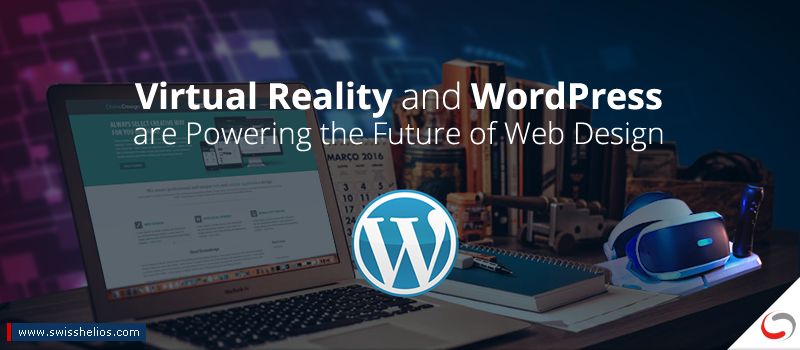We are already in an era wherein virtual reality (VR) is no more a sci-fi dream but a tangible reality. Even though it has not burst into the mainstream as of yet, affordable VR headsets and the indomitable spirit of web development experts endeavouring hard to push VR standards for web browsers are bringing VR closer to daily web experience.
Web design support for virtual reality
Implementation of virtual reality to websites demands library support and bringing it to mainstream calls for VR headsets in the hands of public. Currently, there are many affordable headsets available; here are few popular ones to mention:
- Google Cardboard
- Samsung Gear
- Oculus Rift
- HTC Vive
The welcome news is that we also have a JavaScript library called WebVR that is aimed at making VR available in regular web browsers and not only in specialized apps. Moreover, it offers access to all the aforementioned VR headsets in your web browsers.
Convergence of VR and web design
Many businesses are utilizing this technology to disrupt the status quo in their industries. Here are some prominent instances to mention:
- Ecommerce websites are enabling their online customers to interact with the products and striving hard to create in-store experiences for them. For instance, IKEA allows HTC Vive users to move across their interactive virtual kitchen.
- Real estate businesses are taking their potential customers on virtual tour to their listed properties and differentiating themselves from their competitors.
- Tourism businesses are providing virtual tours to potential travelers across their hotel rooms and influencing the customers’ decisions.
Barriers to widespread implementation of VR on web
In addition to the obvious challenges standing in the widespread implementation of VR and web design, there are few more that our website development specialists are drawing our attention to:
- Building a website that functions alike for regular users and VR headset wearers.
- How to make eye-tracking menus work intuitively for desktop browsers.
- VR content being heavy will terribly impact page loading speed and thus hamper everyday browsing experience.
Recommended read – Expert Strategy for Website Redesign & Development
WordPress is closing the gap
In an attempt to push VR to the mainstream, WordPress will now support VR videos and images. Being a WordPress Development Agency, we look forward to developing more interactive websites for you to effectively engage your customers. Furthermore, if you dig WordPress plugin repository you would find many extensions to integrate VR to your site, including:
VR Views: It uses VR views library maintained by Google and has Google Cardboard compatibility. It also enables you to embed 360-degree images and videos in your website. Moreover, it defaults to a “magic window” to resolve responsive design issues and work seamlessly across various screen sizes irrespective of the hardware.
WP-VR –view: Allows you to easily navigate between regular mode and Google cardboard mode and leverage VR hardware.
Conclusion
With WordPress announcing support for VR content in their sites, we expect to see widespread use of VR in web design. More and more businesses would be able to utilize this technology to redefine customer experience. If you are in retail, tourism, ecommerce business or any business for that matter, contact us with your ideas and we can help you challenge the convention and gain competitive advantage in your industry.
Original Source: Helios Solutions


